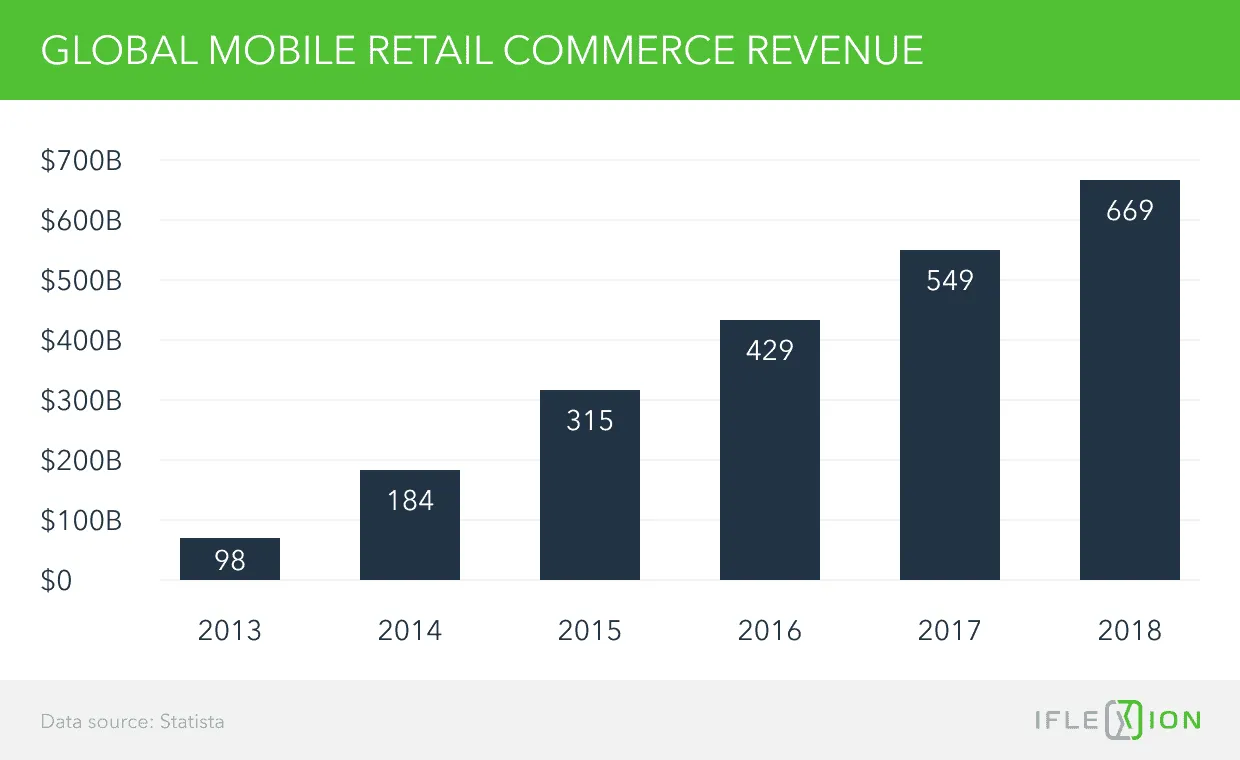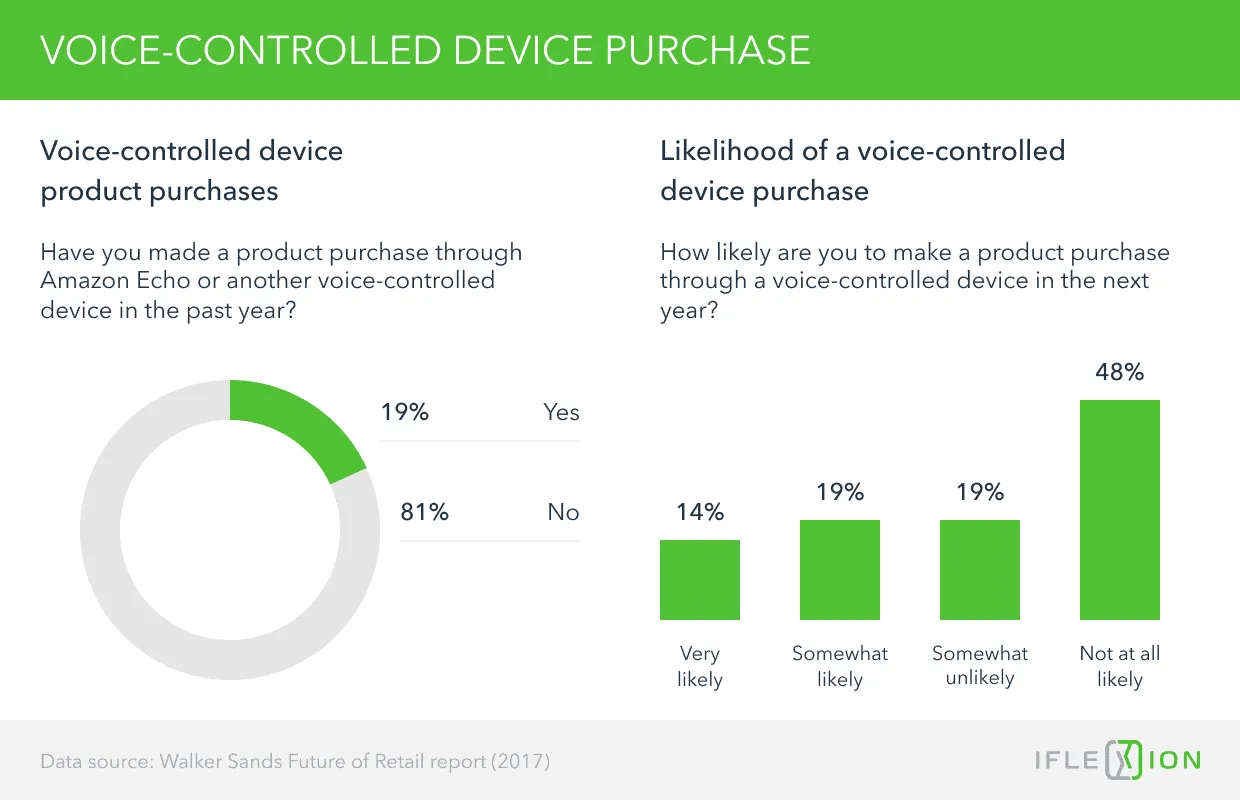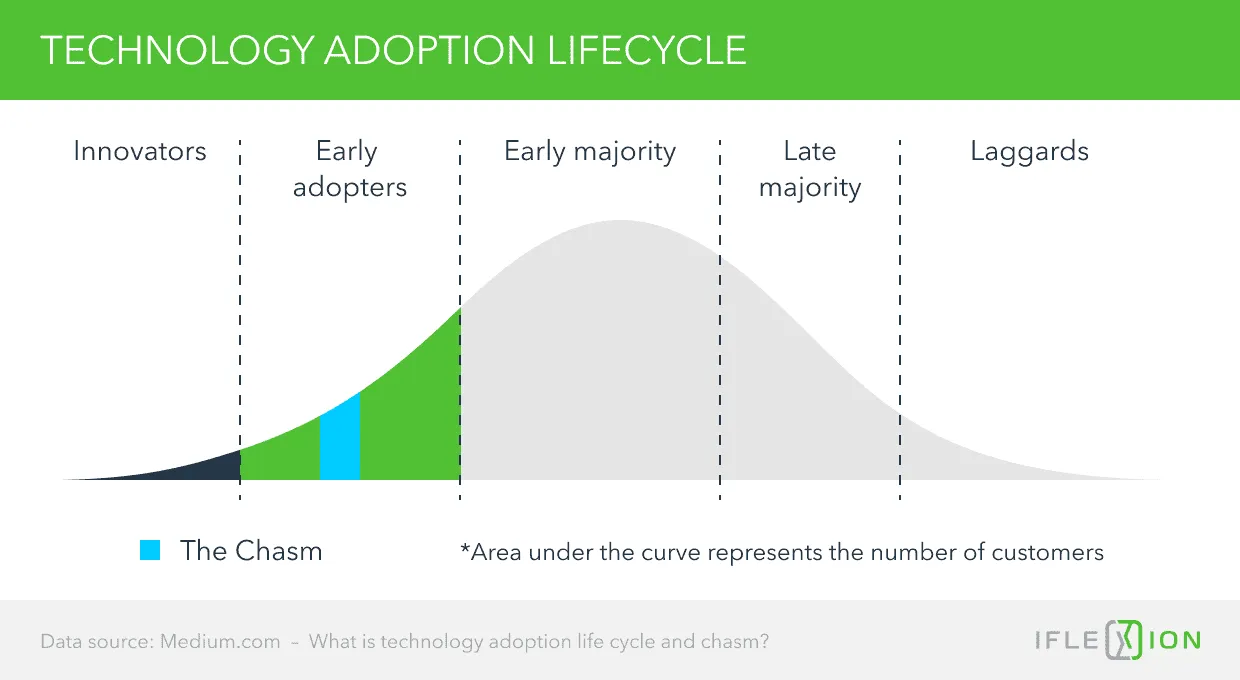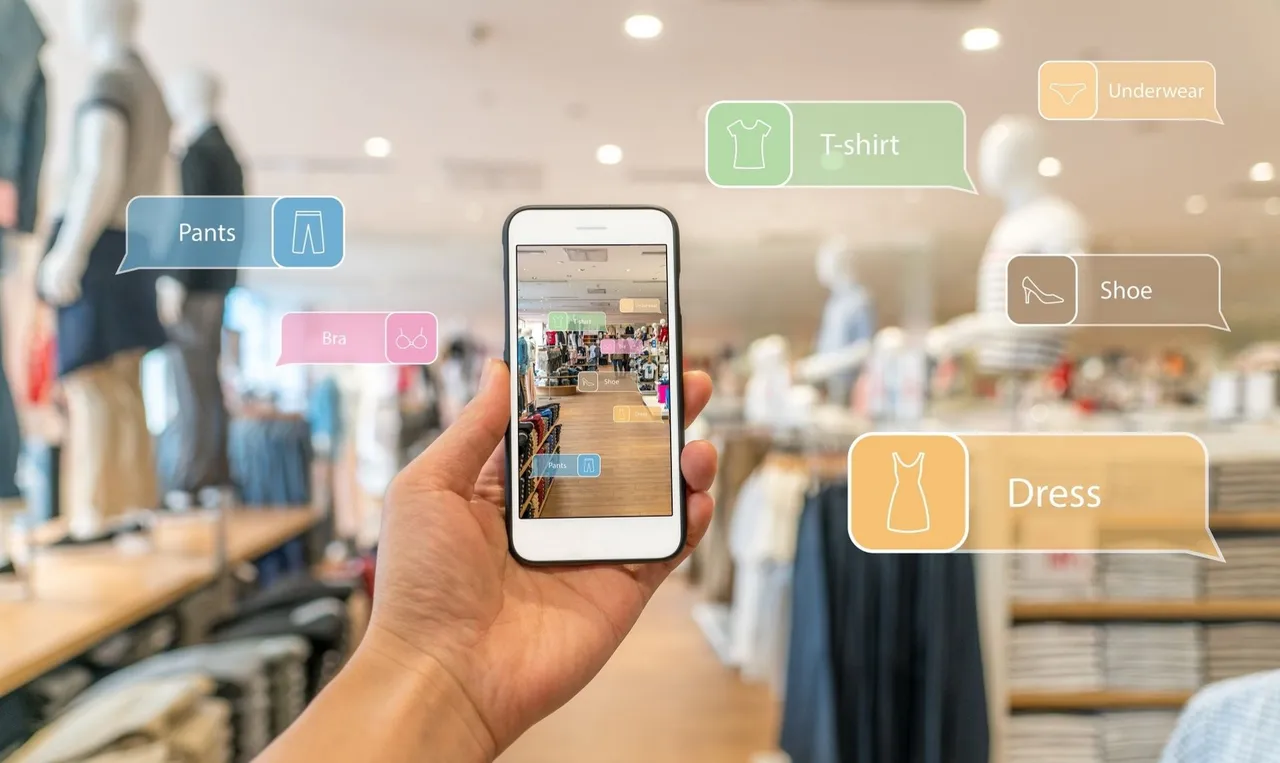Voice Commerce Could Be the Next Disruptive Tech in Retail
The retail industry is often among the early adopters of new technologies. When railroads started crisscrossing the United States, Richard Warren Sears realized that he could distribute mail order catalogs along the railroad lines and then ship goods to customers.
History continues to march forward. New technologies and new ways of shopping continue to emerge thanks to advances in ecommerce software development. One of the most impressive emerging technologies in ecommerce is voice commerce, which allows people to order products by using voice commands. Voice ordering makes it stupid-simple for consumers to purchase products. No messy web pages to click around on, no annoying forms to fill out, just give the word and your products will be ordered.
While Sears was once an innovative retailer, the company has since fallen by the wayside, failing to adapt to emerging consumer and technology trends. Amazon, among others, supplanted Sears by adopting new technologies and embracing evolving consumer tastes.
Proactive retailers must continue to adapt. The retail industry is fast changing and those retailers that don’t embrace changing technologies risk falling behind the competition.
Convenience Has Always Driven Retail
The history of retail is, in many ways, a history of convenience. Sears’s mail order catalog made it easier for people to order a huge range of goods, while railroads made it easy to deliver those goods. Amazon allowed people to shop and order from the comfort of their home, with the products being quickly delivered right to their door.
Voice recognition technology will deliver even more convenience to customers. Talking is something that most of us do every day and adults need no training. Using computers and keyboards, on the other hand, requires effort and education. Consider that the average person types at only 37 to 44 words per minute but can speak 150 words per minute.
Voice search refers to using voice commands to direct a search engine. While this is different from making voice-based purchases, the use difficulties associated with both are similar. If anything, purchasing a product will be more difficult than typing something into a search engine.
In spite of the inconveniences caused by smartphones, mobile commerce is growing. The global mobile retail sector was predicted to have hit $549 billion in 2017 and will rise to $669 in 2018. Expanding mobile commerce should support the growth of voice-assisted shopping. Instead of digging around on diminutive smartphone screens, customers can simply give voice commands.


Indeed, voice commerce is already one of the fastest growing segments in retail. In the United States, it is projected to grow from $2 billion today to $40 billion by 2022, according to a report by OC&C Strategy Consultants. In the UK, it is expected to rise from $200 million to $5 billion in 2022.
Already, 19% of consumers report having made a voice purchase through a voice-controlled service, as revealed in the Walker Sands 2017 Future of Retail study. Millennials, in particular, are prone to shopping via voice, with 43% having made a voice purchase within the last year.
Voice Commerce Devices Selling Quickly
Only about 13% of American homes are currently equipped with smart speakers, which can interpret and act upon voice commands. By 2022, 55% of homes will be equipped with smart speakers, as further discovered by OC&C Strategy Consultants. During the 2017 holiday season, Amazon reported that its Alexa-supporting gadgets, including the Echo, were the best-selling products in any category and from any brand.
Voice-based shopping is facing headwinds, however. In a consumer survey just 33% of customers reported that they were likely to purchase a voice-controlled device. On the other hand, 48% reported that they were not likely at all to purchase such a device. Slow adoption, however, is a fact for most new technologies.


Innovators and early adopters will pave the way. As voice recognition software grows more common and the technology improves, more customers are likely to start making purchases with it.
Stats indicate that shopping with voice commands is already gaining traction among early adopters. This suggests that this trend has jumped the chasm that causes many new technologies to fail. As such, momentum should continue to grow.


NLP: What Makes Voice Shopping Possible
Natural Language Processing (NLP) refers to research focusing on the interaction between computers and natural human languages. Researchers have been working on computer solutions that can interpret, understand, and act upon human language, both in spoken and written forms. Recent advances in NLP have been vital for development of voice tech.
While computers excel at processing structured data, such as math equations, processing organic, unstructured data is far more difficult. Simply getting a computer to recognize speech has required decades of research. Programming computers to accurately interpret speech is likewise an immense challenge. Over the past several years, however, researchers have made major breakthroughs. Natural language processing now allows software to recognize voice, and more importantly for ecommerce, to understand voice commands.
As machine learning and artificial intelligence progress, NLP should continue to advance at an ever-quickening pace. Using machine learning, software can improve itself through trial and error. This reduces the burden on software developers to identify every opportunity for optimization and can speed up the development process.
Voice commerce relies on artificial intelligence. The software solutions have to think for themselves, identifying what customers are asking for and then fulfilling their orders. Like NLP, AI has been making great strides in recent years, allowing voice recognition software to interpret voice commands and act upon them.
For Now, Voice Commerce Is Largely Limited to Larger Companies
Amazon, Google, and Microsoft are currently dominating the voice commerce market. Amazon’s Alexa is integrated with Amazon’s shopping website, allowing customers to order many of its products through voice command. Google has been partnering with large retailers, such as Target, to create a voice shopping offering. Neither company is currently working with smaller 3rd parties.
Digital voice assistants are an emerging technology so solutions are limited. However, owing to market trends and ample investment capital pouring into tech startups, it’s likely that voice-based solutions will become more common in the future. For now, voice shopping may be limited to early adopters in the commerce space. In the future, however, voice support may become commonplace on smaller websites.
Conclusion: Voice Is an Opportunity and Also a Threat
Voice commerce will offer competitive advantages for those retailers who adopt it and threats for laggards. Sears revolutionized retail with its mail order catalogs but failed to adapt to the Internet. Instead, Amazon and other new entrants dominated online retail. Now, most Sears stores have shut down and the company is essentially being liquidated. Amazon, on the other hand, has emerged as one of the largest companies in the world.
Rather than replacing sales channels, voice interact will be integrated into online retail, apps, and other services. With market leaders, such as Amazon and Google, moving quickly to adopt voice as another channel, it’s unlikely that a major online retailer will suffer a Sears-like collapse. Smaller retailers should pay close attention to voice-assisted technologies and how much resources major retailers are pouring into them. It could become a threat to smaller retailers who fail to adapt.































